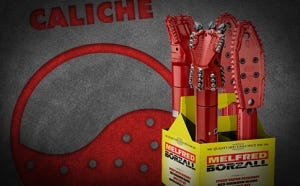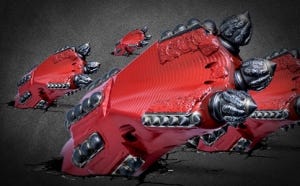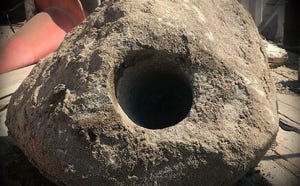
The journey of Horizontal Directional Drilling (HDD) from the oil and gas sector to the construction industry has been quite remarkable. Initially adopted with great success, HDD has seen significant improvements due to advancements in walk-over locating technology and steering capabilities in various ground conditions.
Many of the innovations brought over the past decades have been brought about because there was a specific need or problem to address. Melfred Borzall’s tri-cutter hard ground bit, the Eagle Claw, has been the HDD industry’s most popular bit for challenging ground conditions for 20 years now. We want to shed some light on how it came to be so.
In 2004, the HDD industry could be characterized by growth and technological advancements, but it was also a bit “gunshy” in the aftermath of the dotcom bubble bursting. HDD had firmly established itself as a preferred method for installing underground utilities, such as telecommunications, gas, water, and sewer installations. Its ability to minimize surface disruption made it an attractive option for urban areas and environmentally sensitive regions. However, contractors were still watching their costs and productivity with a magnifying glass.
The industry saw improvements in drilling rigs, steering systems, and drill bits. Enhanced drilling fluid systems and the use of more sophisticated electronics for navigation and monitoring were becoming standard, improving accuracy and efficiency. HDD was recognized for its ability to reduce environmental impact compared to traditional open-cut methods, leading to its preference for projects with strict environmental regulations. Because of all this, HDD saw greater collaboration among contractors, equipment manufacturers, and industry associations. This collaboration helped in the dissemination of best practices, safety standards, and technological innovations.
1st Generation
Dick & Eric Melsheimer of Melfred Borzall started to “dig into” a more efficient method of drilling in more complex ground conditions around this time that would provide drillers with better steering downhole without sacrificing speed. Some of the most challenging ground that they knew of was in the countryside of the southeastern United States. Sure enough, Harold Peeples, owner of Tarheel Contractors Supply, which is headquartered in North Carolina, started to raise some concerns over bits wearing out too fast and a gap in the market for drilling bits that could stand up to hardpan, sandstone, and other mixed, hard ground conditions. The challenge was to develop something efficient enough to run on a standard rig without sacrificing steering capability or wearing out too fast in challenging terrain.
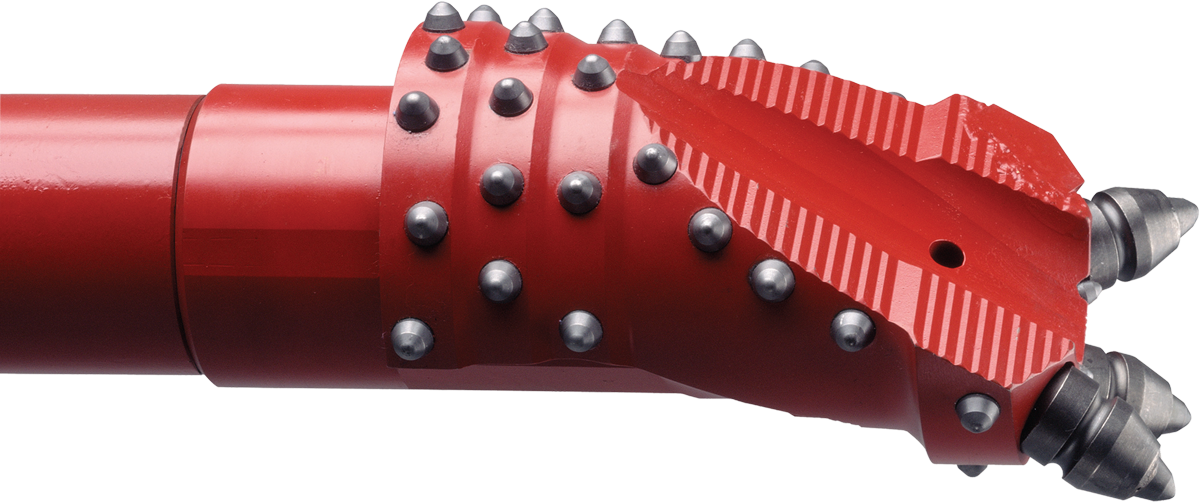
They called the Melsheimers and started to talk about engineering a bit, which would fill that need in the market. There was one concept already in the HDD fields, but it was so clunky that a 5” bit would cut an 11’ hole. The Melsheimers came up with a concept that would rotate on the center to cut precisely the hole of the intended size for the size bit. The result was a 5” Eagle Claw that would cut a 5” pilot hole in a matter of 6 months!
2nd Generation
Fast-forward to 2015, and the Eagle Claw had been slowly gaining momentum as the go-to bit for many drillers nationwide. Its popularity began to gain traction among Midwest drillers and had not only started to infiltrate coastal jobsites but also internationally. The Eagle Claw had been located boring through the French countryside, Norwegian suburbs, and other international grounds.

Despite its growing international popularity, there is one area that had some significant feedback for Melfred Borzall and their bit. The difficult ground in the heart of Florida has something they like to call “Chert,” and it was giving Eagle Claws a run for their money. Chert is a hard, fine-grained sedimentary rock composed of microcrystalline or cryptocrystalline quartz that makes HDD Drillers' lives quite tricky from time to time.
Dick Melsheimer teamed up with the local Atlantic Supply HDD specialists to team-troubleshoot this, and a few months later, they had a second-generation design Eagle Claw they dubbed “The Super Eagle” that stood up to Chirt and all other ground types Florida could throw at them. They added embedded carbide blocks around the cutter teeth that would take some of the cutting force. They were also positioned so the bore shavings would keep the free-rotating cutter teeth rotating in the opposite direction the bit was. This resulted in even wear on the cutter teeth and even a sharpening effect to keep them carving rather than blunting. This, along with some other minor body adjustments, propelled it further into popularity.
3rd Generation
In 2019, The Melfred Borzall engineers set out to secure the Super Eagle’s place as HDD’s #1 Hard Ground Bit. With the HDD Industry gaining popularity as a safer and less intrusive form of utility installation, more jobs are bid and even more ground covered. They knew they had to stay ahead of the curve, so after extensive jobsite testing and research, they made more improvements by bulking the body with impregnated dome carbide blocks to protect the body on the pilot shot, as well as with direct pullback. More chunky hardfacing was added to critical areas, and some fine-tuning of the bit’s performance made this the biggest, baddest version yet. The “Eagle Claw SD” hit the ground running and has been unstoppable since.
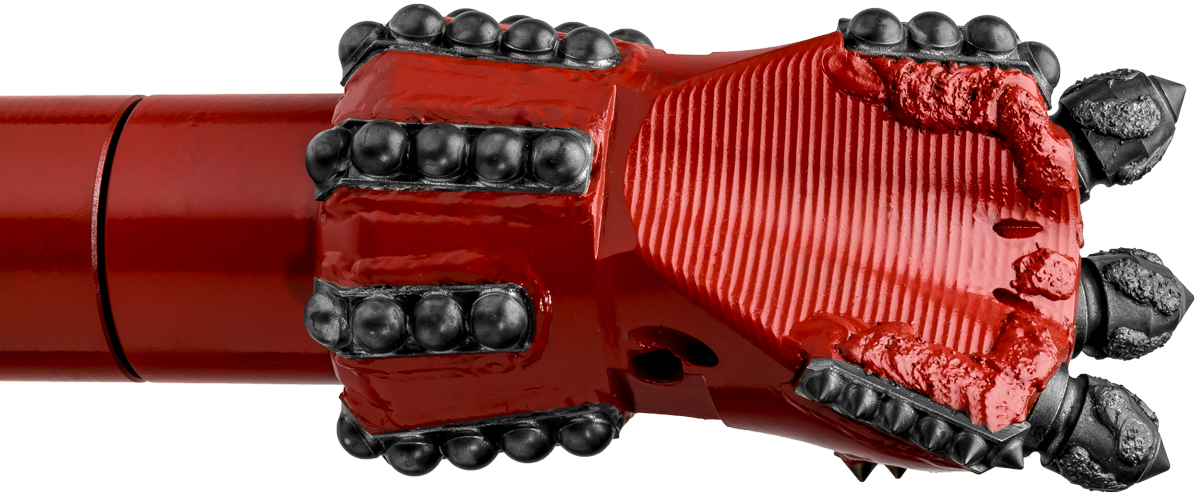
In 2024, Melfred Borzall added another connection type to its current line-up. Until now, thread-on 3.5”, 4.25”, 5.0”, 5.5”, and 6.5” were available. Beginning in May 2024, a 5” Box Splined Connection Eagle Claw SD was also available to use with the driller’s existing SplineLok housings.
Conclusion
As the Eagle Claw celebrates its 20th anniversary, it’s clear that Melfred Borzall has made significant contributions to the Horizontal Directional Drilling (HDD) industry. The continuous evolution of the Eagle Claw, from its inception in 2004 to the latest advancements in 2024, reflects a commitment to innovation and responding to the needs of drillers facing challenging ground conditions.
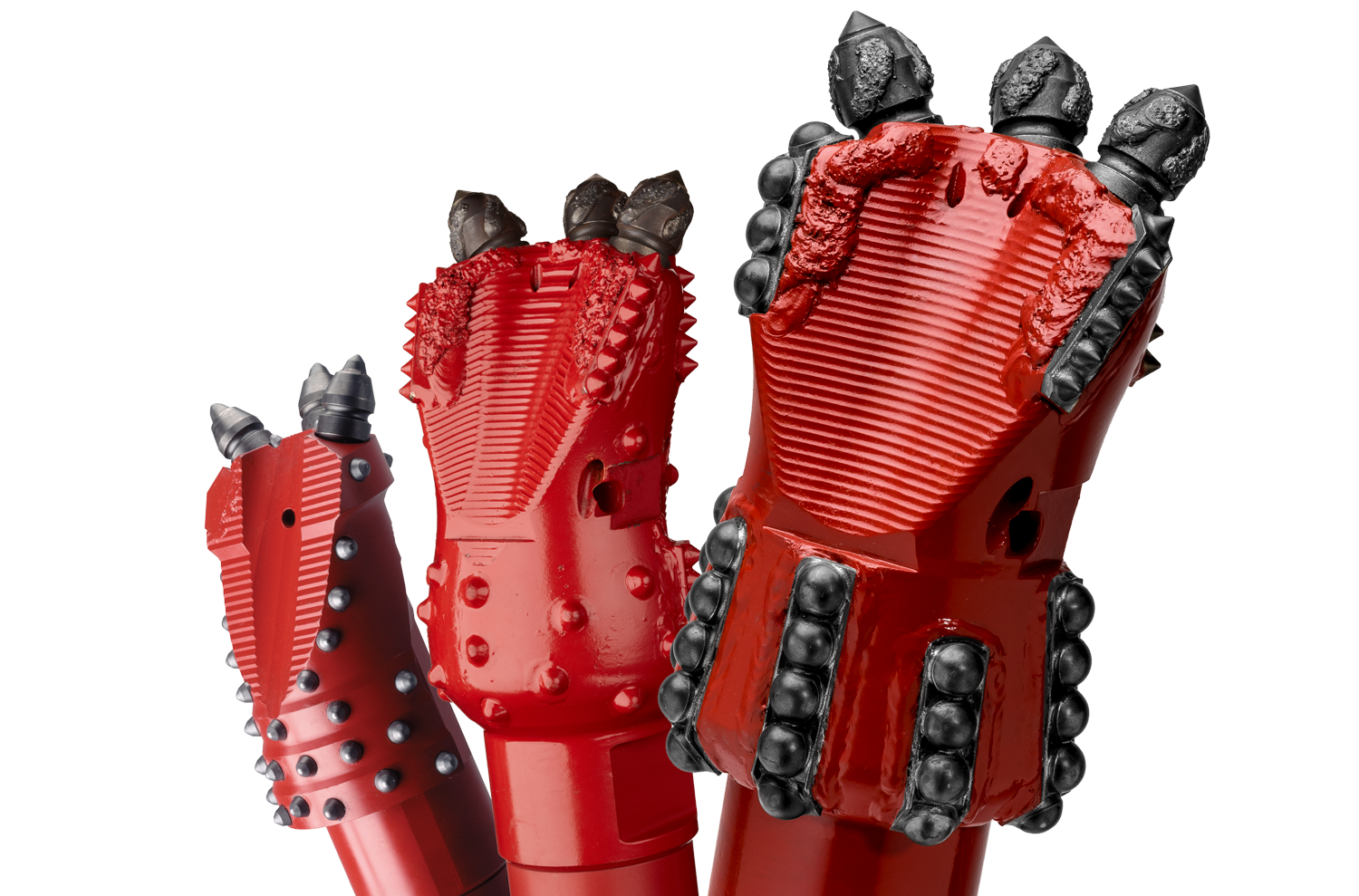
The journey of the Eagle Claw mirrors the broader advancements in HDD technology, showcasing how targeted engineering and persistent problem-solving can drive the industry forward. From tackling hardpan and sandstone to overcoming the challenges of chert, each iteration of the Eagle Claw has demonstrated improved performance, durability, and efficiency.
As HDD continues to grow in popularity for utility installations due to its minimal environmental impact and reduced surface disruption, tools like the Eagle Claw are essential for ensuring successful projects. The latest version, the Eagle Claw SD, with its expanded connection types, exemplifies Melfred Borzall’s ongoing dedication to providing cutting-edge solutions for the drilling community.
In celebrating 20 years, the Eagle Claw not only marks a milestone for Melfred Borzall but also stands as a testament to the progress and potential of the HDD industry. As the demand for efficient, reliable, and environmentally friendly drilling methods increases, innovations like the Eagle Claw will continue to play a pivotal role in shaping the future of underground construction. If you have questions about our tools or need help finding the right ones based on your drilling needs, please feel free to contact us today.

